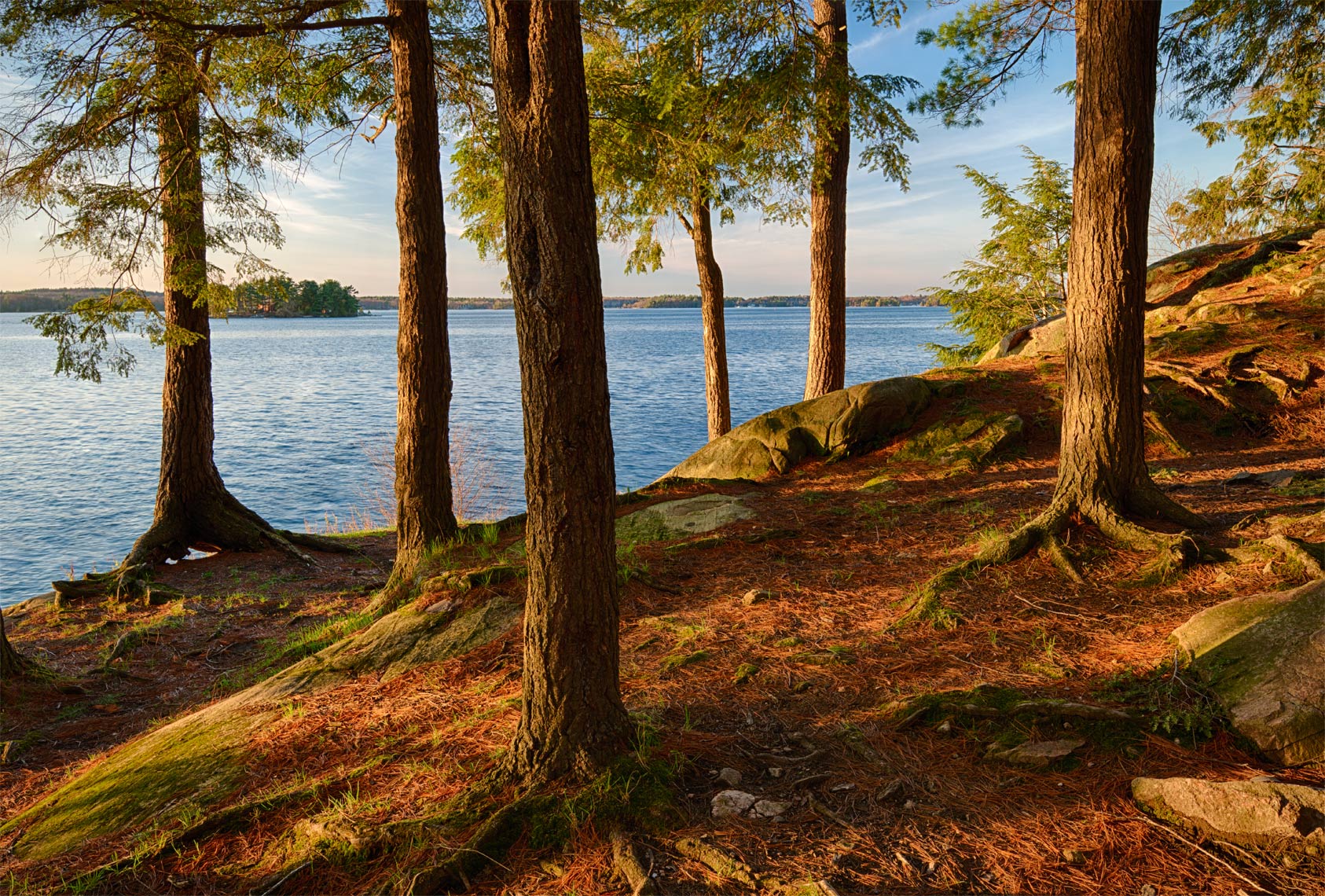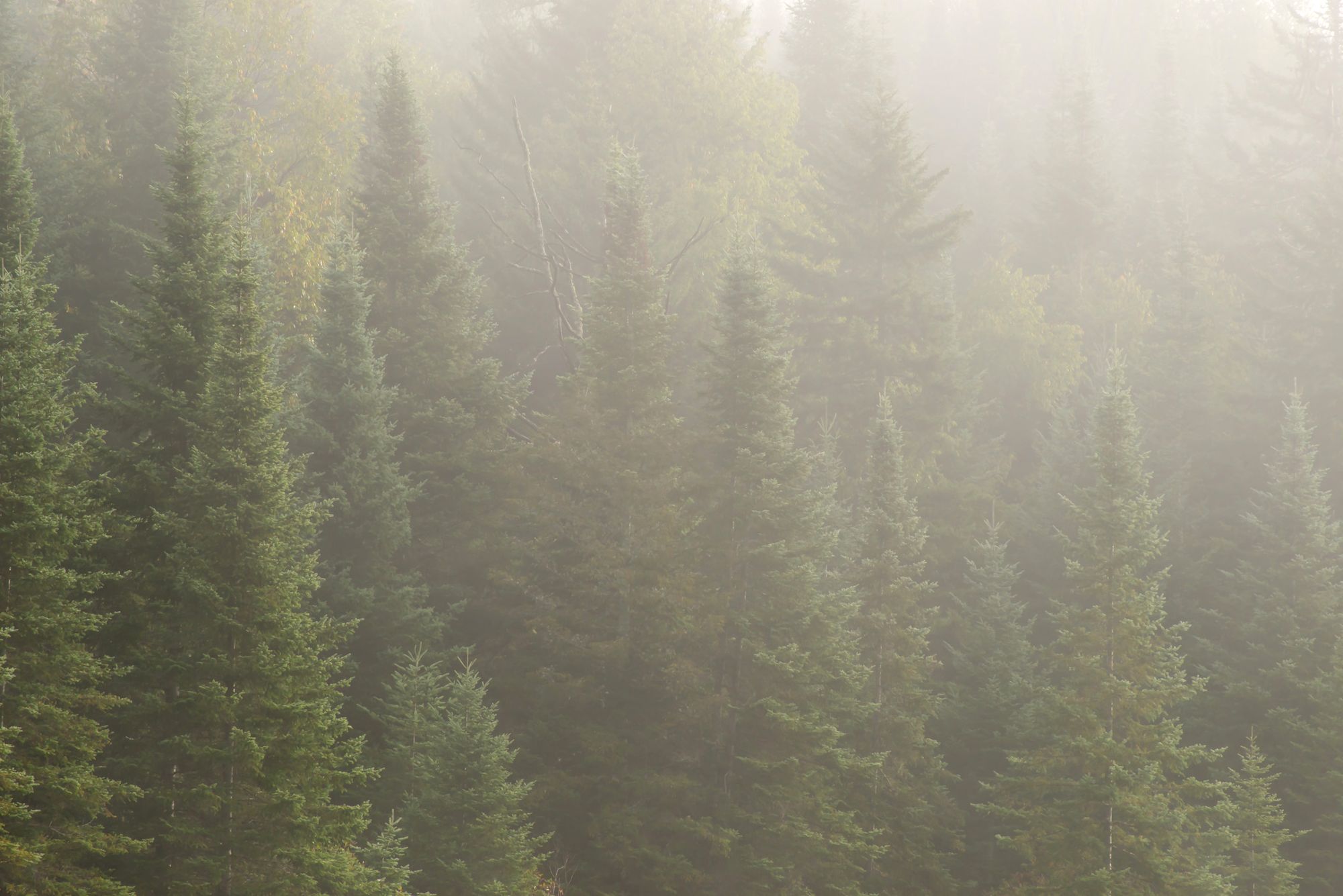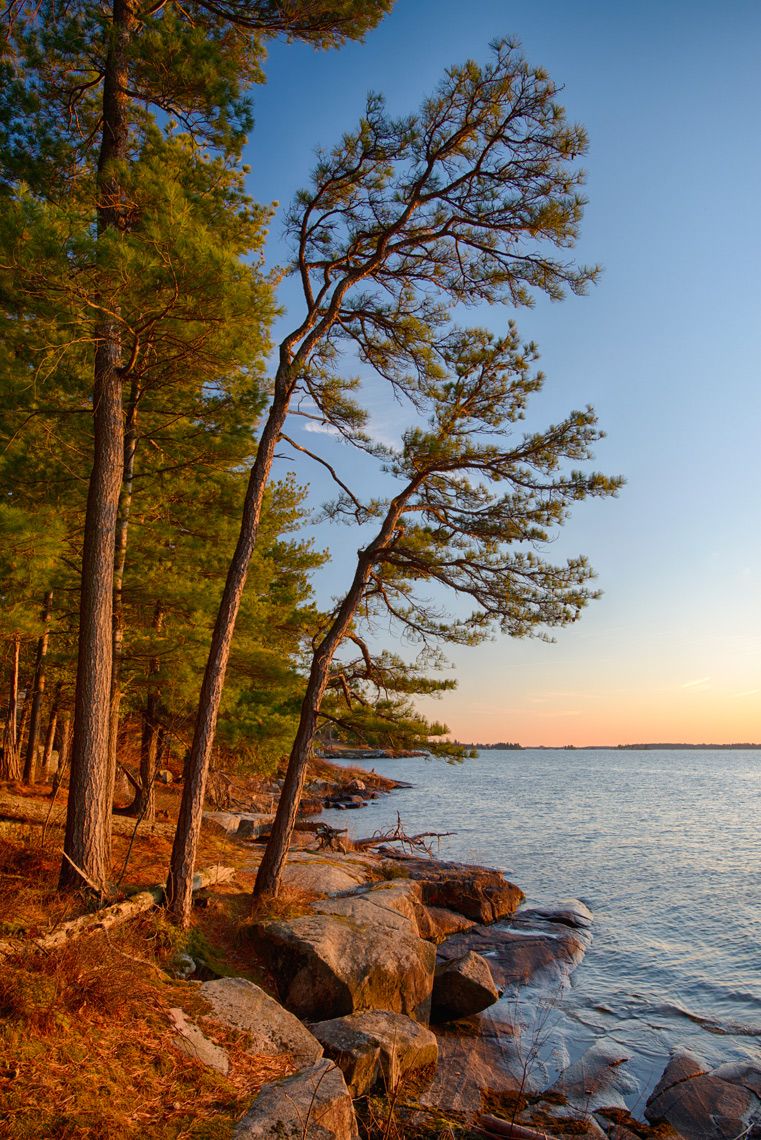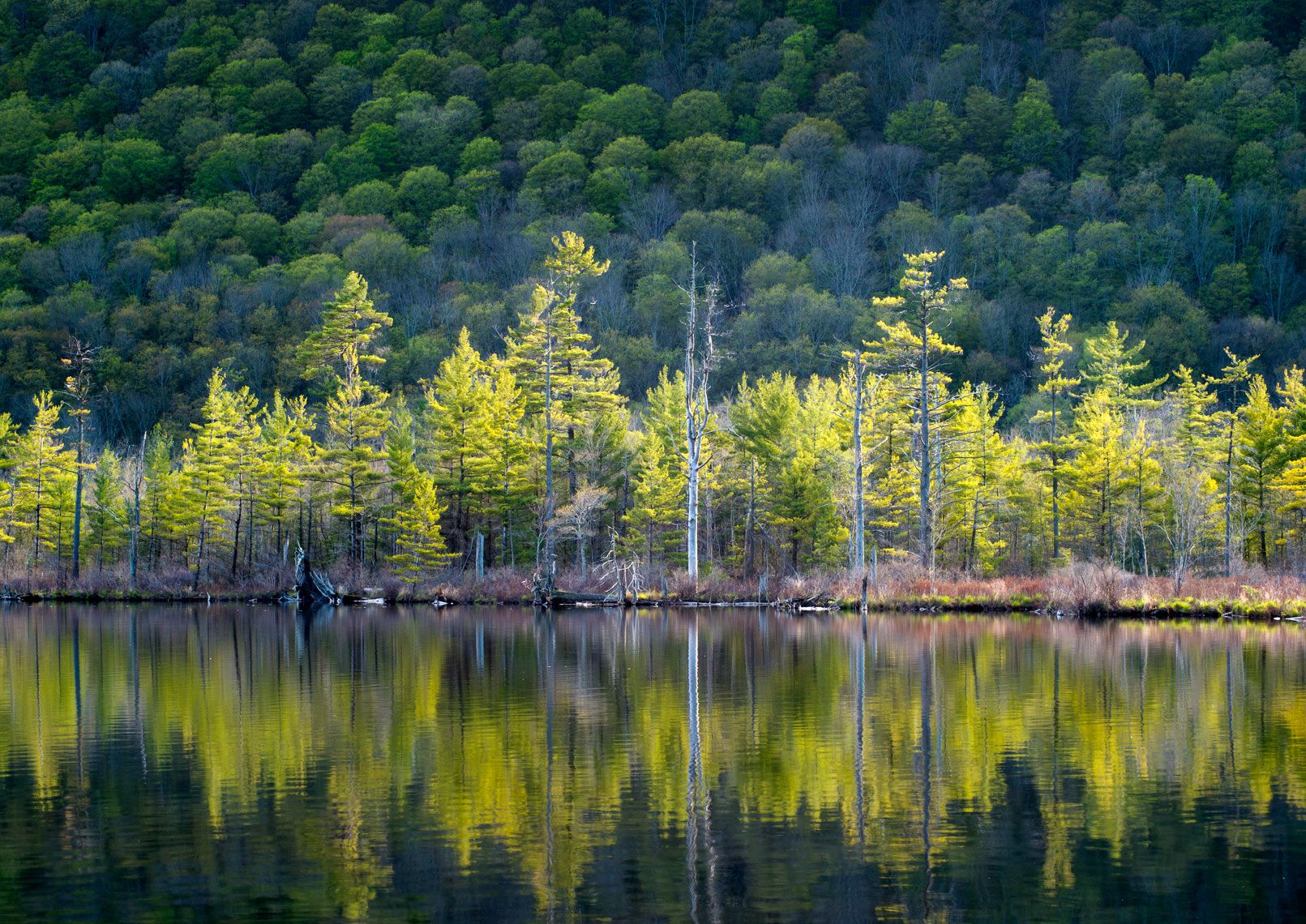The term psithurism (sith-er-izm) doesn’t exactly roll off the tongue, but it’s not meant to. The word, from the Greek psithuros (whisper), indicates the melody that rolls off pine needles in a gentle wind. It also means the sound of “proper” leaves shaking in the treetops. Obviously, we need another word, because these two things – whispering pines and rustling leaves – may both soothe us, but they sound quite different.

It was during this Covid-19 stay-at-home summer that my wife remarked how different the birches in our yard sounded in the wind, as compared to the maples. When I listened closely, it was clear she was right; birches had a softer tone than maples. I laughed that a city girl should make an observation that a longtime arborist had not.
In my defense, the matter of arboricultural acoustics had not escaped me entirely. The sound of a breeze passing through a poplar grove is unique. Everyone who’s had the pleasure of hearing this will probably have their own depiction, but I liken it to very distant applause, or the imagined noise of a thousand dragonflies passing overhead, as their gossamer wings touch one another.

My curiosity piqued, I then searched in vain for some kind of catalog that described the sound of wind in trees, listed by species. Evidently, no one has yet been sufficiently bored or compulsive (or both) to undertake such a project.
Some other interesting things came up, however. I stumbled upon a beautiful passage written by a 12th century Chinese scholar named Liu Chi. Of course I would’ve had no idea what it said, but luckily it was a translation. Here is an excerpt from Liu Chi’s love letter to pine psithurism:
“Among plants and trees, those with large leaves have a muffled sound; those with dry leaves have a sorrowful sound; those with frail leaves have a weak and unmelodic sound. For this reason, nothing is better suited to wind than the pine. Listening to it can relieve anxiety and humiliation, wash away confusion and impurity, expand the spirit and lighten the heart, make one feel peaceful and contemplative, cause one to wander free and easy through the skies and travel along with the force of Creation.”
Wow – if that doesn’t make you want to run right out and sit in a breezy pine grove, nothing will!

Several native species of pine grace the wind-kissed Thousand Islands region, including eastern white pine (Pinus strobus), symbolic of the Haudenosaunee (Iroquois) Confederacy, and the more drought-resistant red pine (Pinus resinosa). While white pines only comprise about 7% of the forest in the region, red pines are found along the entire Canadian shoreline of the St. Lawrence. However, it is an isolated pocket of a southern-affinity conifer, pitch pine (Pinus rigida), which may be even more closely associated with the Thousand Islands than these other two species.
Pitch pines are unusual in several respects. As their name suggests, they are more resin-rich than other conifers, which led the British Monarchy to harvest them wholesale in colonial times to provide the British navy with tar for waterproofing ship joints. Pinus rigida is also the only pine species able to sprout back from a cut stump.
But its most unusual feature may be its need for periodic wildfire to help its dense cones pop open and release their seeds. By the time this latter point was well-understood, centuries of intentional fire suppression had passed in the Islands, resulting in a dearth of pitch-pine regeneration.
Happily, in these times, intermittent prescribed burns are conducted in the region (see Tom King’s article, "A Fiery Prescription for Camelot Island’s Pitch Pines" in TI Life, September 13, 2014), thus ensuring the future of these pines.

I urge everyone to get out as soon as possible to “relieve anxiety and humiliation, wash away confusion and impurity, expand the spirit and lighten the heart” by listening to breeze-tossed pines at any time of year. Also, please help think of a companion word to psithurism that we can apply strictly to deciduous trees. Rustling just isn’t the same as whispering.
By Paul Hetzler, ISA Certified Arborist
Paul Hetzler is an ISA-Certified Arborist and a member of the Society of American Foresters, the Canadian Institute of Forestry, ISA-Ontario, and NYS Arborists. He admits he needs to listen more to his wife, as well as pine trees!
Appreciation to Chris Murray for his photographs.
Posted in: Volume 15, Issue 10, October 2020, Nature
Please click here if you are unable to post your comment.
